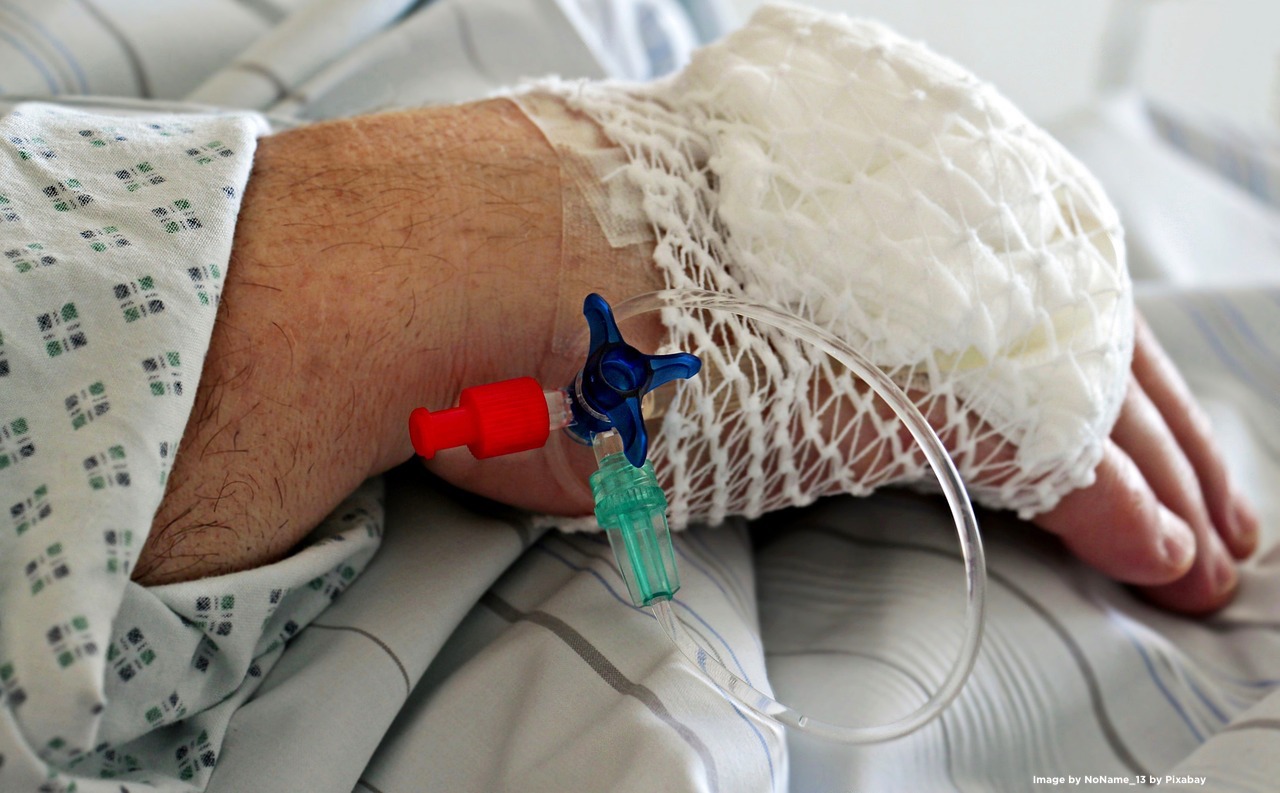Staphylococcus aureus prevalence and antimicrobial susceptibility in isolates from skin and soft tissue infections in outpatients
Abstract
Background: Skin and soft tissues infections (SSTIs) are the third cause of medical consultation in our hospital. S.aureus is the most frequent etiologic agent isolated in SSTIs and methicillin-resistant is the most important resistance mechanism. Our objective was to analyze the prevalence of etiologic agents causing SSTIs in outpatients and to study its antimicrobial susceptibility.
Methods:Descriptive and retrospective study that included all outpatient SSTIs samples from October 2017 to April 2022.
Results: We obtained 180 positive cultures of samples from SSTIs during the study period, 12 were polymicrobial infections. Of a total of 307 isolates: the most frequently isolated microorganism was S.aureus (111; 36.2%). We found 71 SAMR (64%) and 40 SAMS (36%). Of the MRSA, 67 (95%) were community (SAMRC) due to microbiological criteria, and 4 hospital MRSA (5%). Of the SAMRC strains, 44 (66%) had no accompanying resistance, 15 (22%) were resistant to erythromycin, 12 (18%) to gentamicin, and 7 (10%) to clindamycin.
Conclusions: The most frequently isolated microorganism in SSTIs was S.aureus and 67 isolates were categorized as SAMRC, therefore it is necessary to consider SAMRC as a frequent pathogen. Due to the low resistance found for CLI and TMS, they should be considered for empirical treatment in SSTIs in outpatients.
Downloads
References
2- Sociedad Española de Medicina Interna. Protocolo de enfermedades infecciosas. Capítulo 5: Infecciones de piel y partes blandas. 2009. https://www.fesemi.org/sites/default/files/documentos/publicaciones/capitulo-5_5.pdf
3- Fung HB, Chang JY, Kuczynski S. A practical guide to the treatment of complicated skin and soft tissue infections. Drugs. 2003;63(14):1459-80
4- Consenso SADI-SAM-SAD-CACCVE. Guía para el manejo racional de las infecciones de piel y partes blandas. Rev Panam Infectol 2009;11(3):49-65.
5- Grundmann H, Aires-de-Sousa M, Boyce J, Tiemersma E. Emergence and resurgence of methicillin-resistant Staphylococcus aureus as a public-health threat, Lancet, 2006, vol. 368 (pg. 874-85)
6- Daum RS. Clinical practice. Skin and soft-tissue infections caused by methicillin-resistant Staphylococcus aureus. N Engl J Med 2007;357(4):380-90.
7- Deresinski S. Methicillin-resistant Staphylococcus aureus: an evolutionary, epidemiologic, and therapeutic odyssey. Clin Infect Dis 2005;40(4):562-73.
8- Palombarini N, Gardella N, Tudini S et al. Infecciones adquiridas en la comunidad por Staphylococcus aureus resistente a meticilina en un Hospital de agudos. Rev Arg de Microbiología 2007;39:151-5.
9- Stryjewski ME, Chambers HF. Skin and soft-tissue infections caused by community-acquired methicillin-resistant Staphylococcus aureus. Clin Infect Dis 2008;46 Suppl 5:S368-77.
10- CLSI. Performance Standards for Antimicrobial Susceptibility Testing. 32th ed. CLSI supplement M100.Wayne, PA: Clinical and Laboratory Standards Institute; 2022.
11- Egea A, Gagetti P, Lamberghini R, Faccone D, Lucero C, Vindel A, Tosoroni D, Garnero A, Saka H, Galas M, Bocco J, Corso A, Sola C. New patterns of methicillin-resistant Staphylococcus aureus (MRSA) clones, community-associated MRSA genotypes behave like healthcare-associated MRSA genotypes within hospitals. International Journal of Medical Microbiology 2014; 304, Issue 8:1086-1099
12- Stevens DL, Bisno AL, Chambers HF, Dellinger EP, Goldstein EJ, Gorbach SL, Hirschmann JV, Kaplan SL, Montoya JG, Wade JC; Infectious Diseases Society of America. Practice guidelines for the diagnosis and management of skin and soft tissue infections: 2014 update by the Infectious Diseases Society of America. Clin Infect Dis. 2014 Jul 15;59(2):e10-52.
13- Miller LG, Daum RS, Creech CB, et al. Clindamycin versus trimethoprim–sulfamethoxazole for uncomplicated skin infections. N Engl J Med 2015; 372:1093-103.
14- Filippin L, Roisin S, Nonhoff C, Vandendriessche S, Heinrichs A, Denis O. Evaluation of the automated Vitek 2 system for detection of various mechanisms of macrolide and lincosamide resistance in Staphylococcus aureus. J Clin Microbiol. 2014 Nov;52(11):4087-9.
15- Panagea S, Perry JD, Gould FK. Should clindamycin be used as treatment of patients with infections caused by erythromycin-resistant staphylococci? J Antimicrob Chemother. 1999 Oct;44(4):581-2.
16- Anodal M, Villani M, Rodríguez L, Schijman M, Terzano M, Gardella N, Mollerach M, Merola G. Infecciones de piel y partes blandas por Staphylococcus aureus meticilino resistente de la comunidad. Análisis molecular y genético. Dermatol Argent. 2012;18:213-20.






